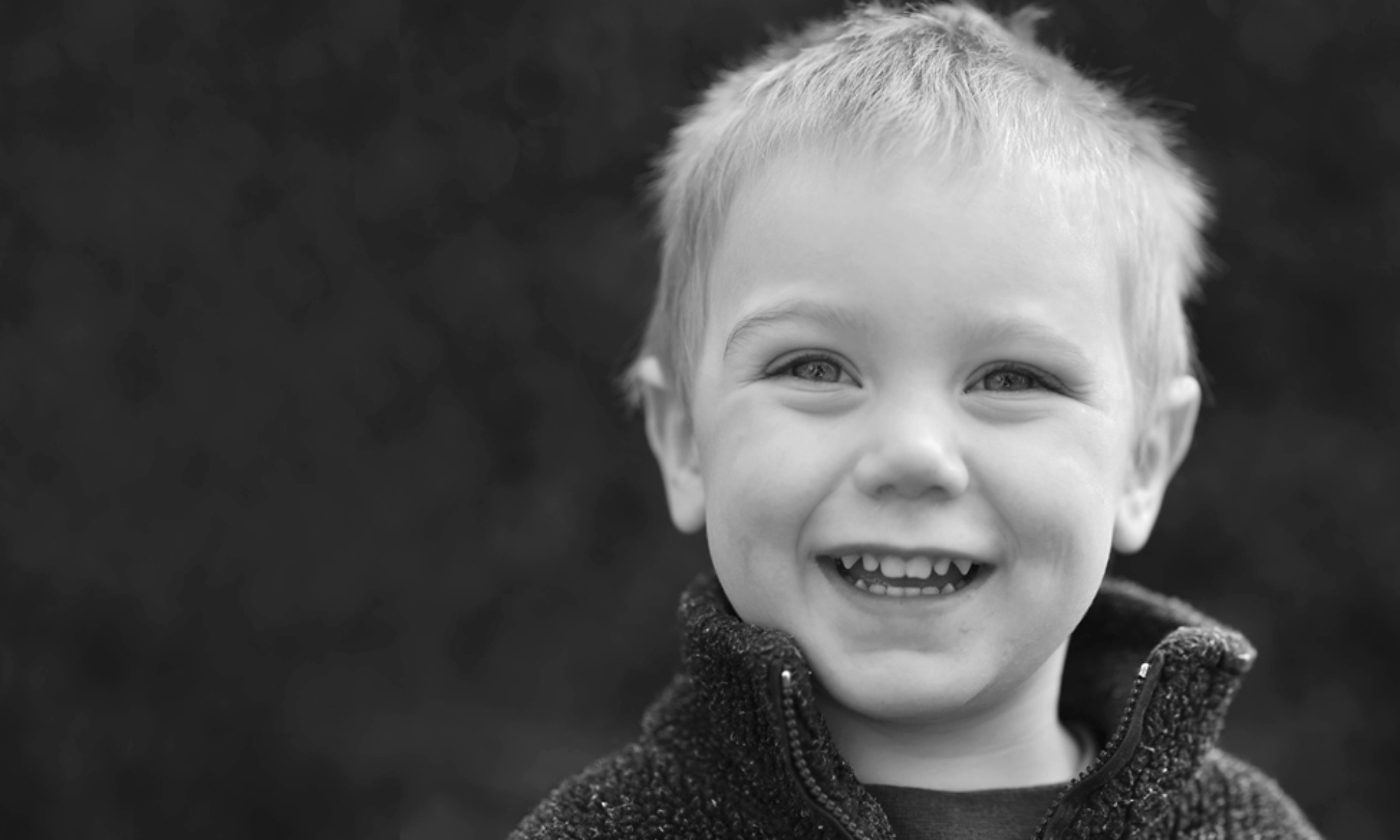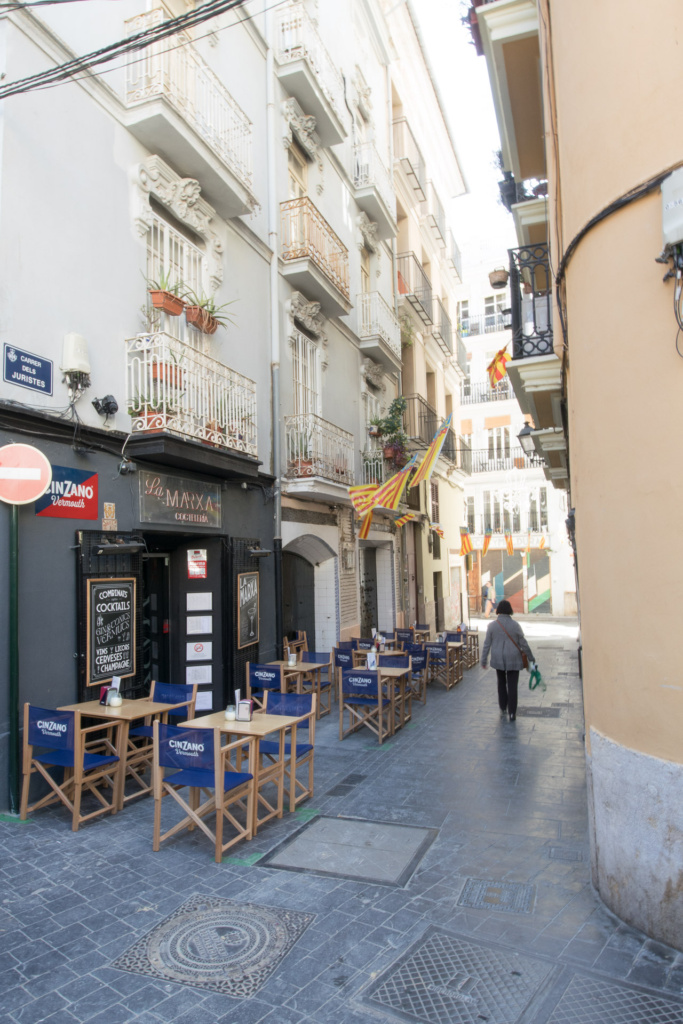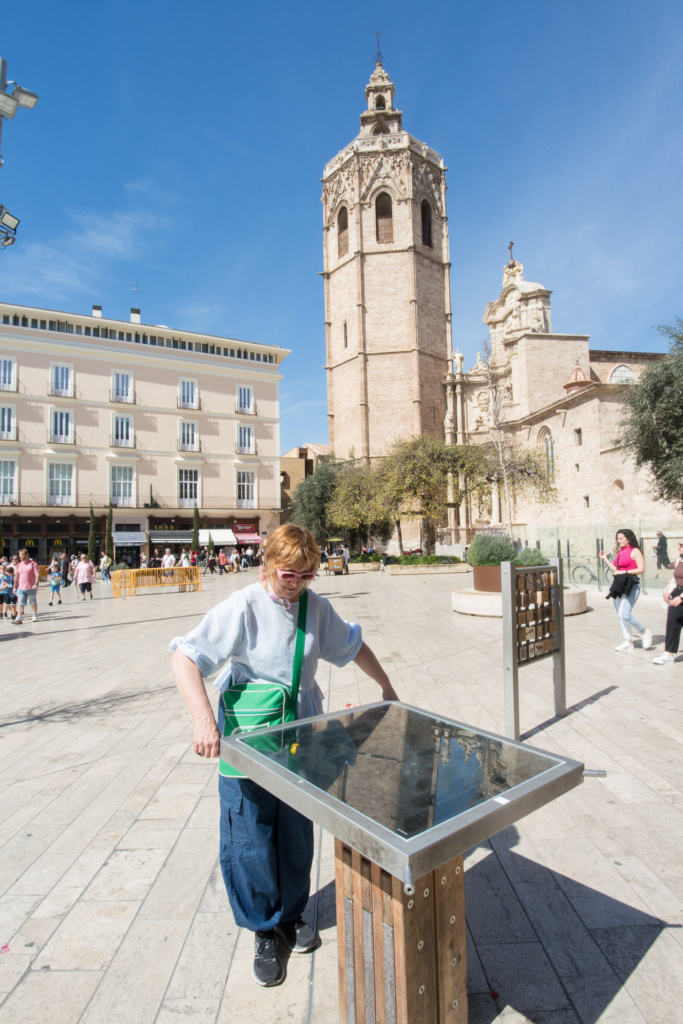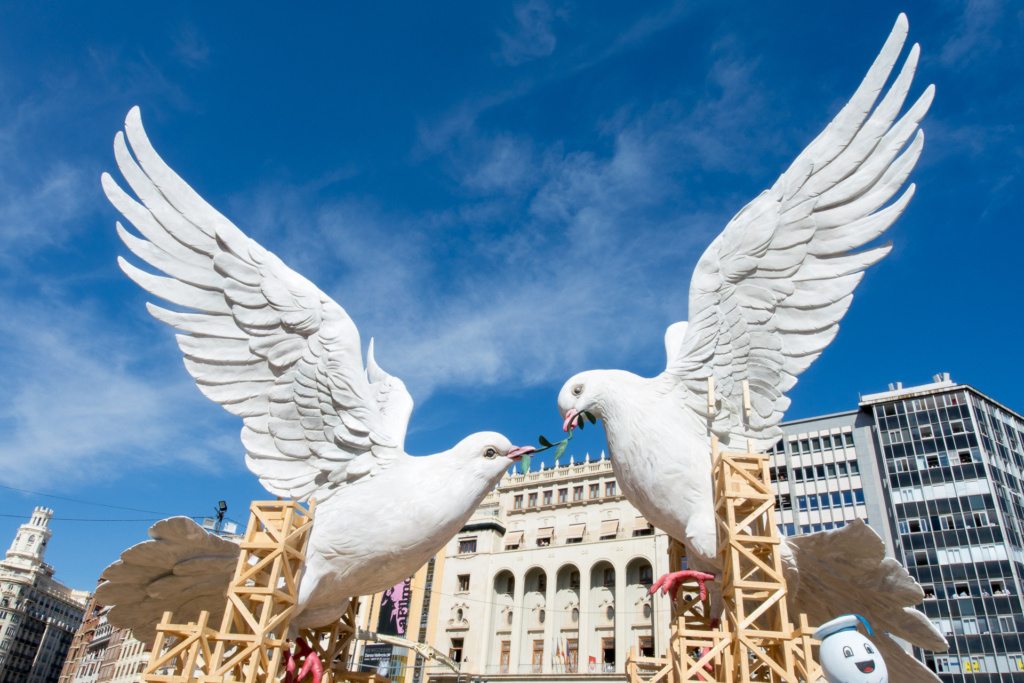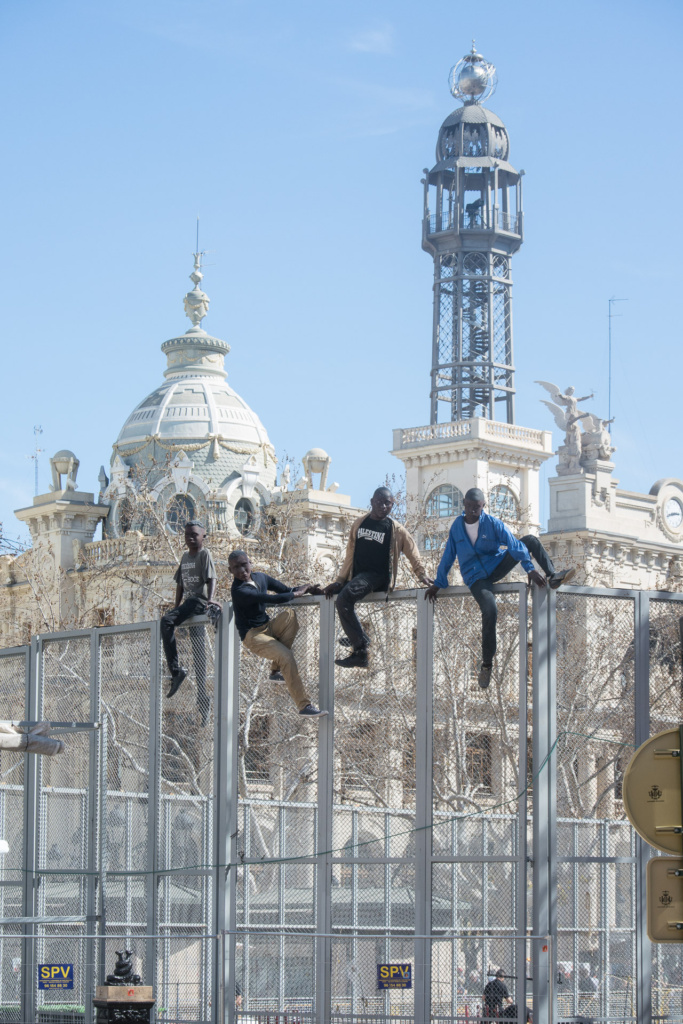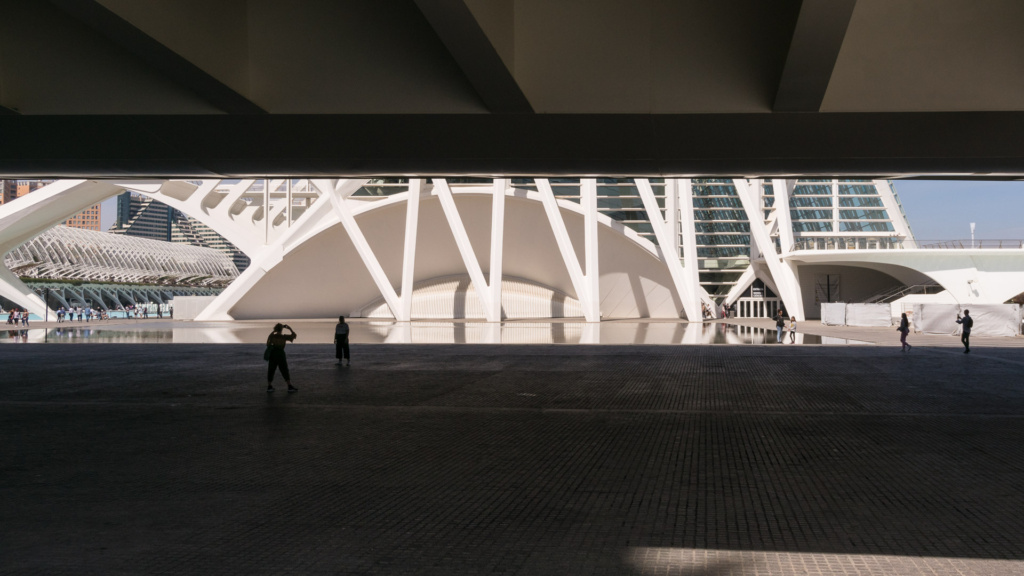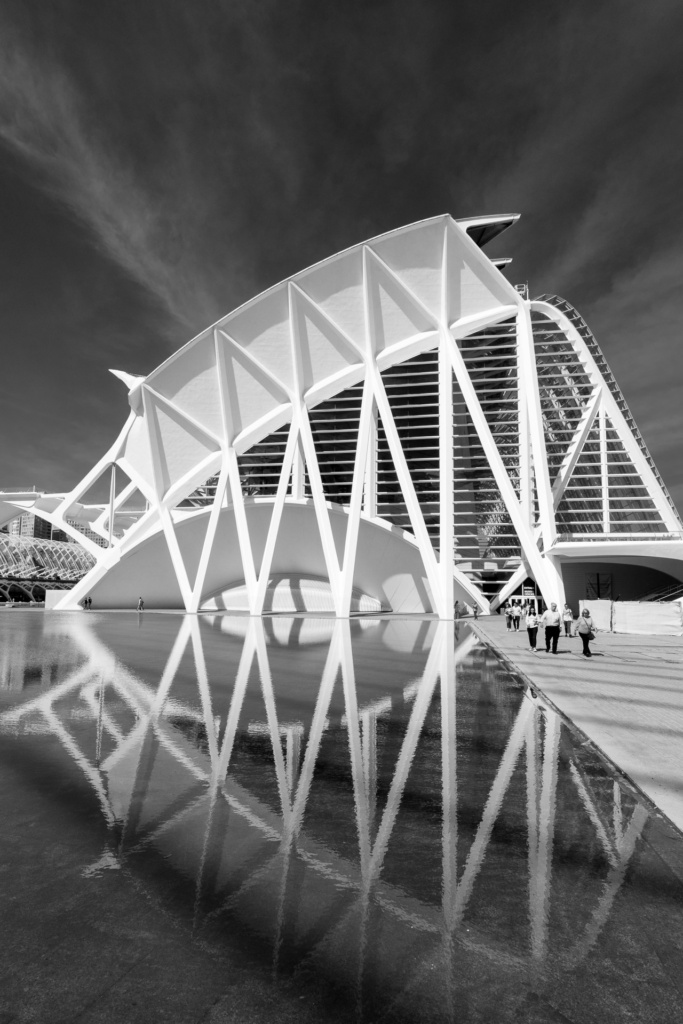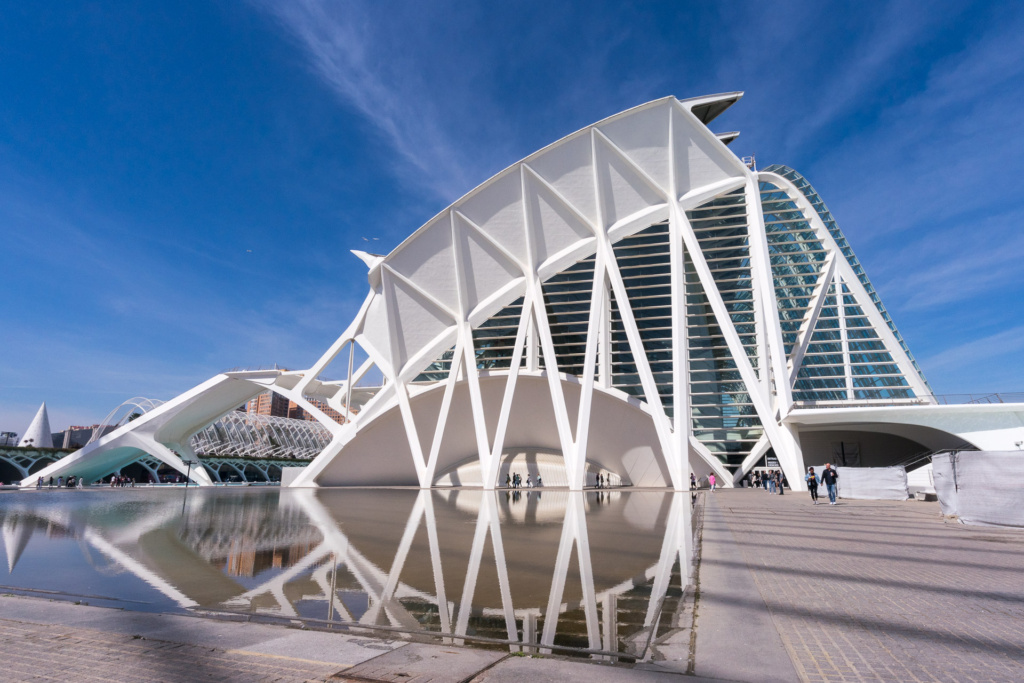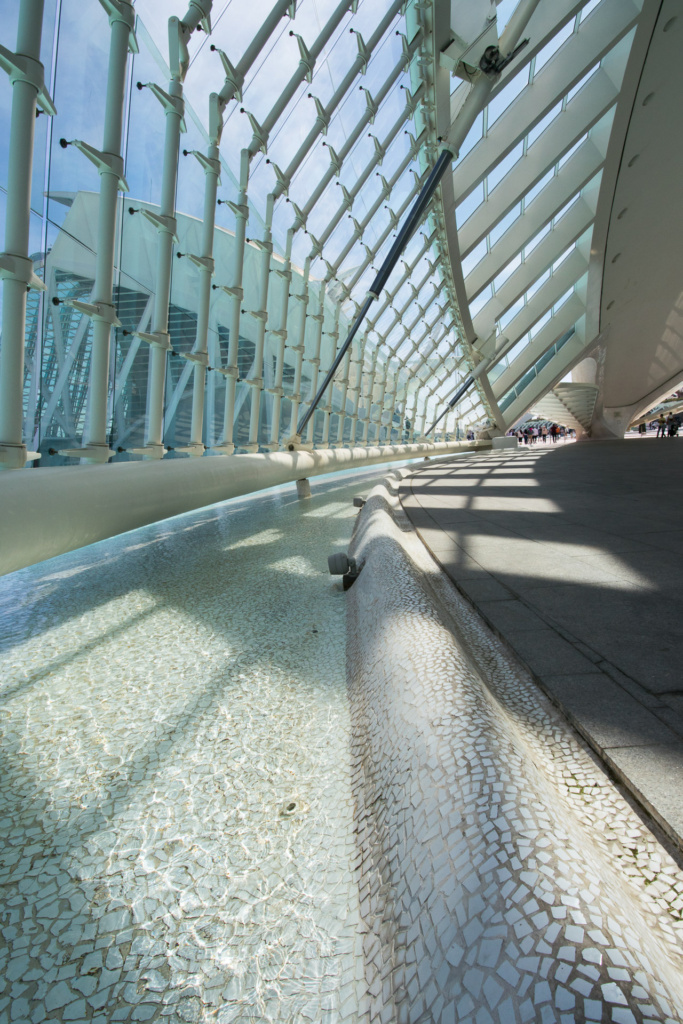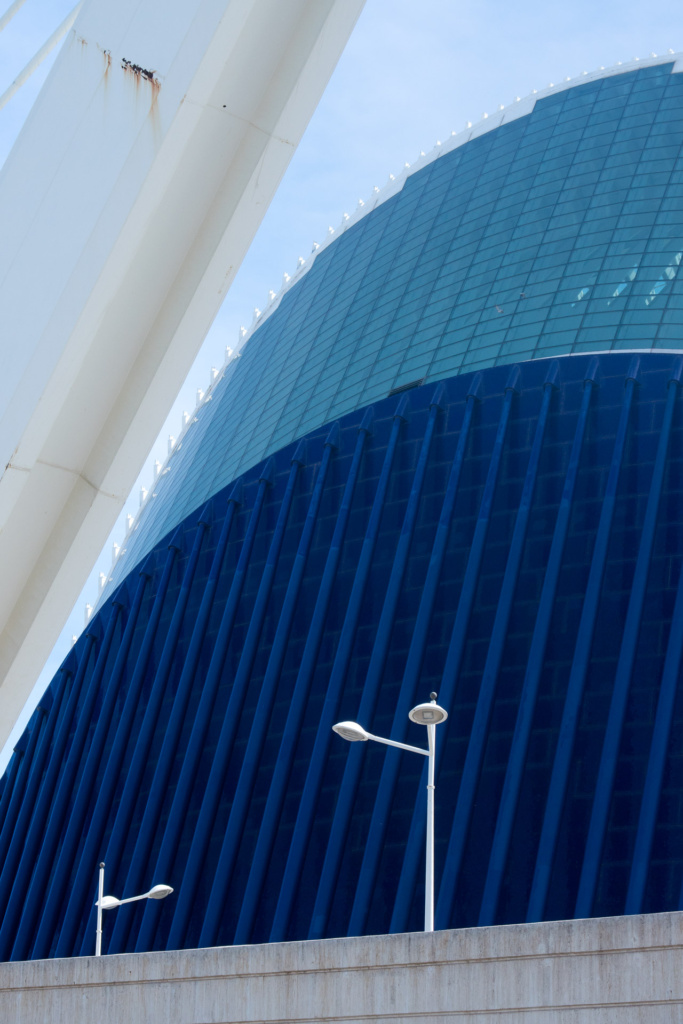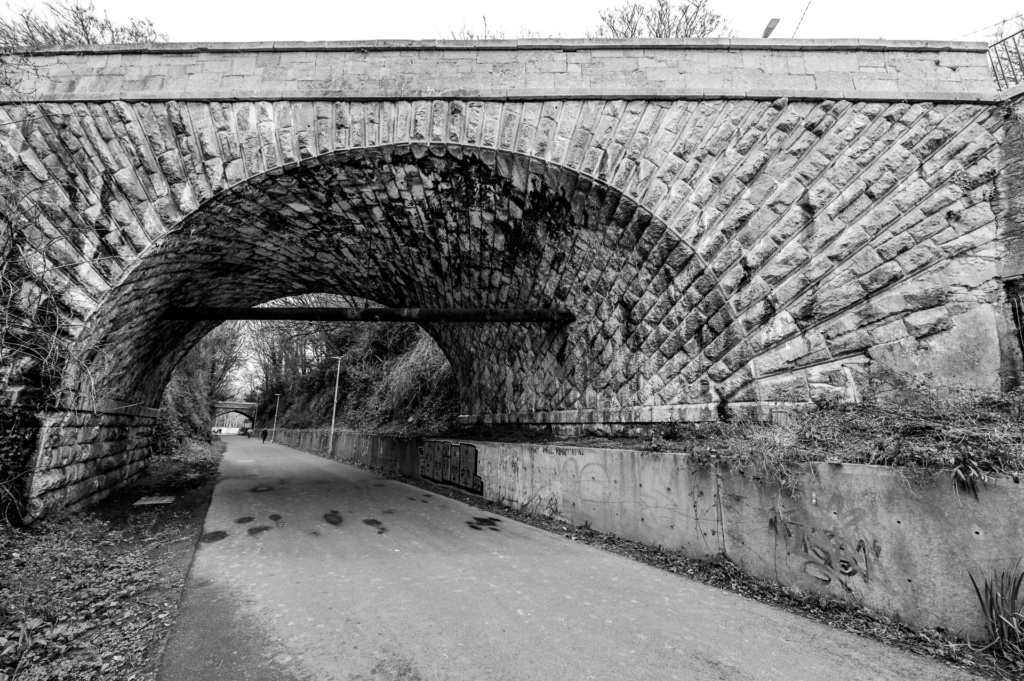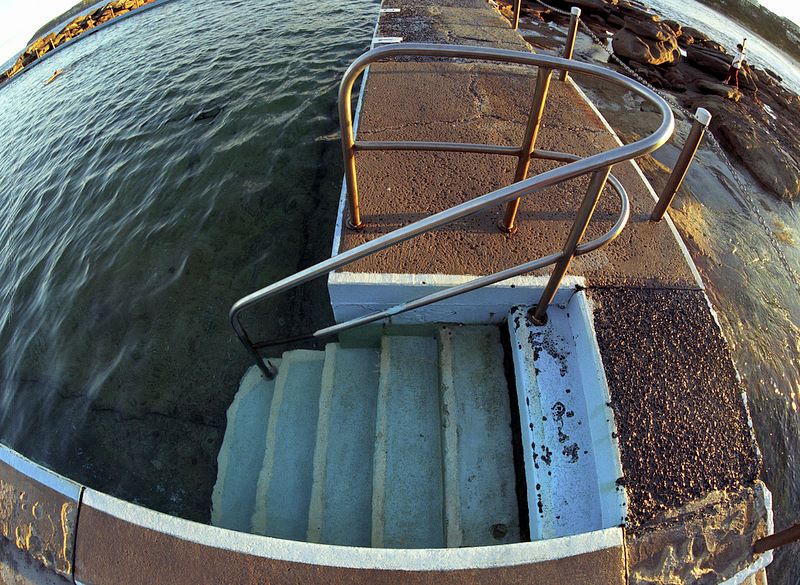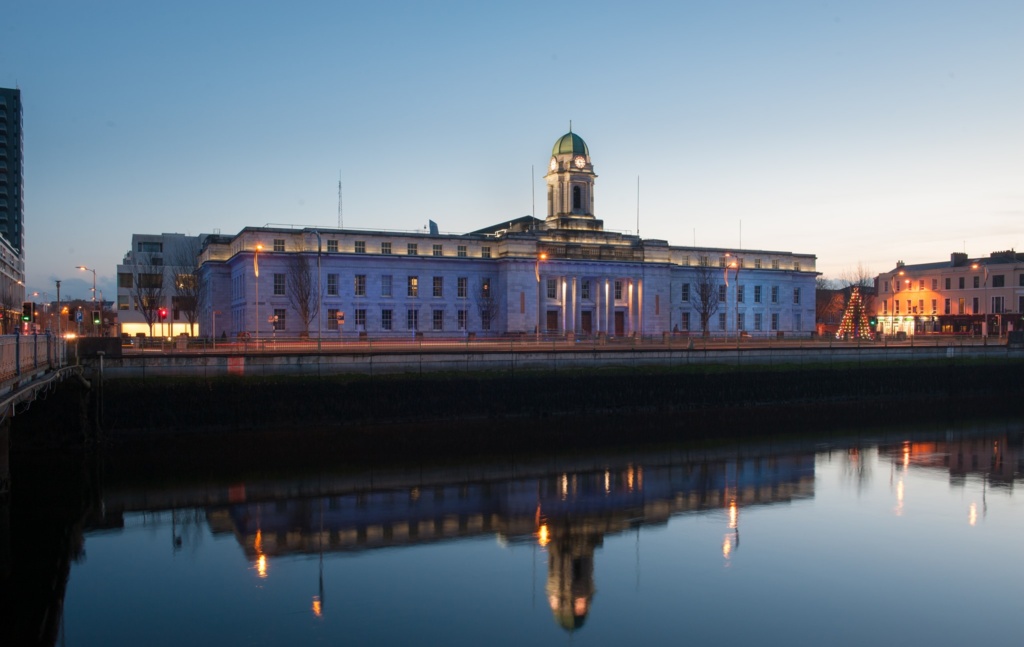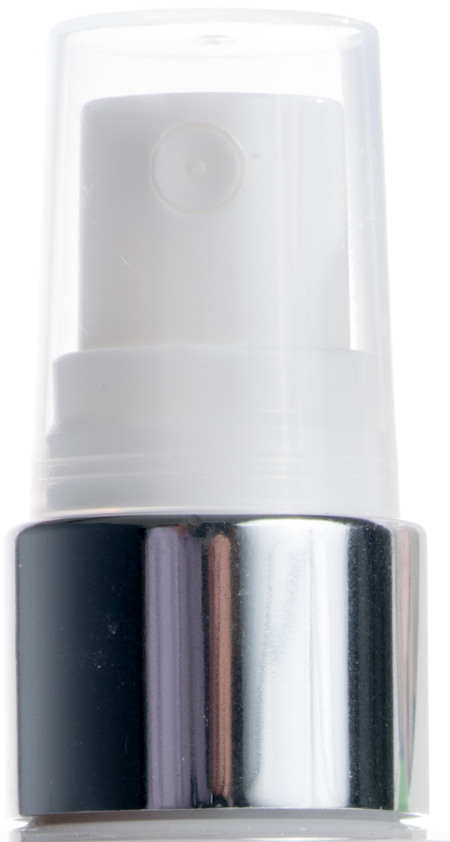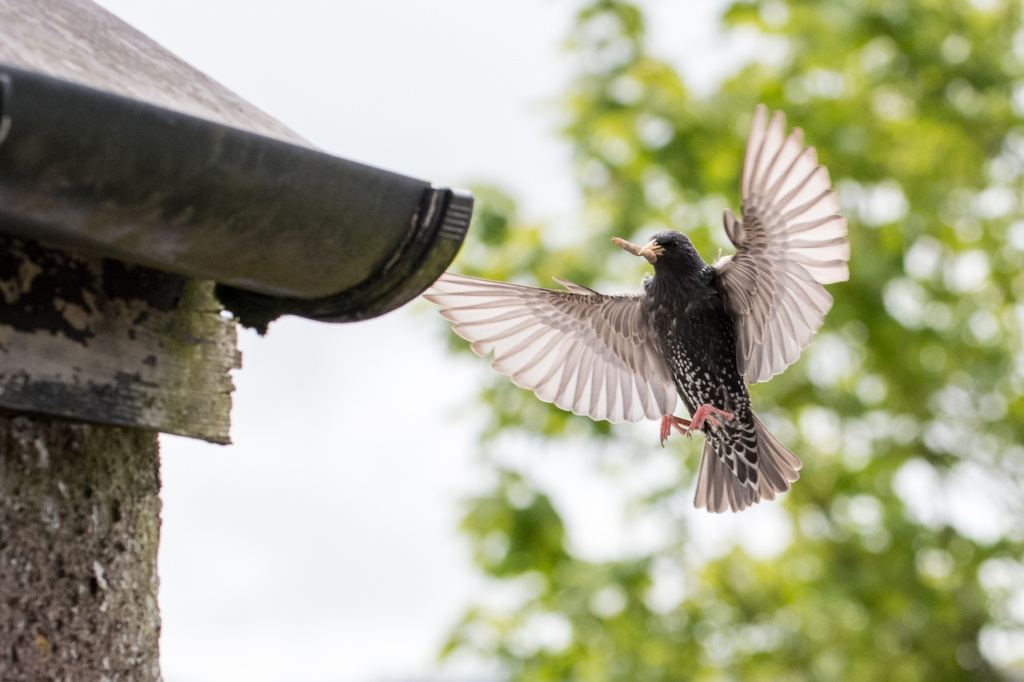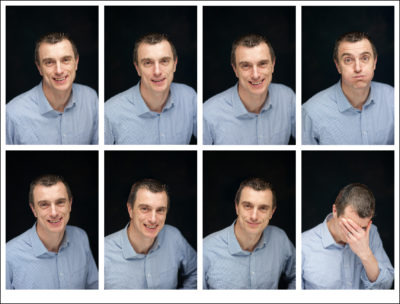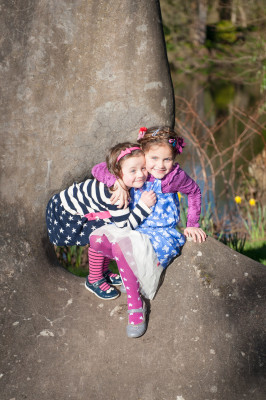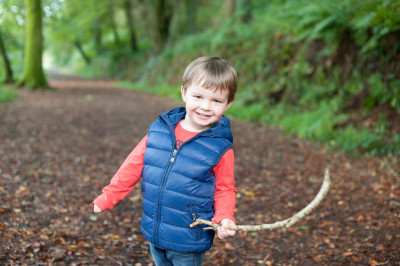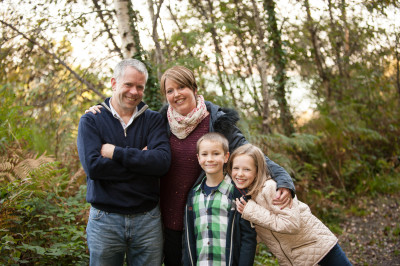
Although I take photos for a living, I still enjoy taking holiday pics. There is always the expectation of finding a new way to capture a much-photographed location: whether it’s just because you have a fresh, unique eye for something (?) or just because you get lucky with something unique occurring when you happen to be in location.
Valencia was a mix of both: the last weekend of the Fellas (a mad festival of sculpture, parades and very loud firecrackers); and these very modern buildings waiting (begging) to be photographed.
The Fellas is pretty hard to capture and like a lot of things you need to be in amongst everything and I was on holiday, I did capture some of the artwork. The trick here is to find a different view of things (and try to exclude a much of the clutter as possible).
I do have a grá for slightly abstract photos of modern buildings (especially with nice blue skies) – and especially in black and white. It goes way back to shooting the Grandstand in Epsom with black and white film and a polariod + red filter combo to make the sky go black.
And although I’m sure these buildings have been shot a million times, and maybe in better conditions and with more time (much fewer people for a start!), I did have fun.
Looking around at what other people were doing, there are a few teaching points:
- I used a wider angle lens (on the Nikon 1). This exaggerated and emphasized some of angles and perspectives of the buildings.
- I didn’t always try to eliminate the people – they are part of the landscape in a busy tourist attraction like this.
- Look up, squat down
- Look for abstract details: shapes, colours and structure. Isolate them (I also had a longer lens with me)
- Think about contrast – and possible options for black and white images with high contrast.
- MOST OF ALL: keep your eyes and mind open. I particularly like this letter-box photo viewing between the bridge shadows and rather than waiting for the people to clear out I like the people in there as silhouettes (especially the two taking photos). Also I think I as the only one to spot the reflection in the water in front of the building at the side. The other water features may be been intended as reflection pools but it was too breezy that day apart from around the side.
Anyway, here’s the edited highlights:
